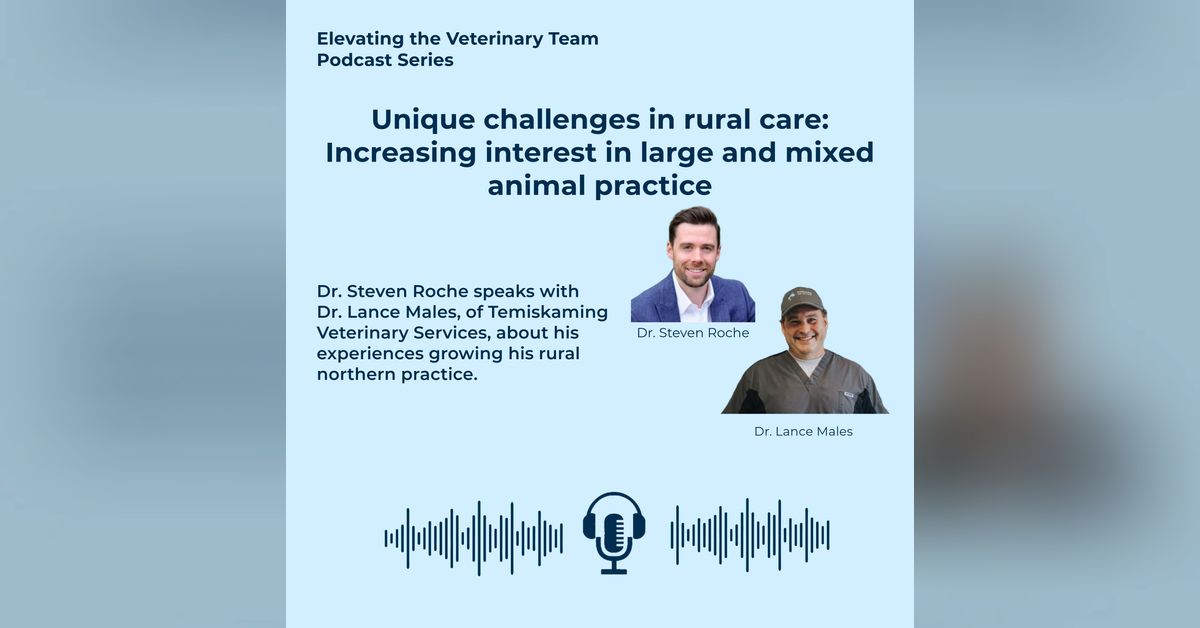- ACER Consulting
- Posts
- Field Notes Issue 24
Field Notes Issue 24
June 2025
Welfare or Sustainability? It’s a False Choice.
As sustainability takes centre stage in food and agriculture, animal welfare is often seen as a separate — or even competing — priority. But what if improving animal welfare is actually essential to achieving sustainability?
In this month’s featured thought piece, we explore why animal welfare should be treated as a foundational pillar of sustainable livestock systems. ACER’s Laura Zehr unpacks the environmental, social, and economic benefits of better welfare — and calls for a more integrated, systems-based approach to the future of animal agriculture.
Key takeaways:
Animal welfare strengthens sustainability across all three pillars — people, planet, and profit.
Environmental benefits include healthier animals, reduced antibiotic use, and lower emissions per unit of food.
Social sustainability is supported through improved working conditions and stronger consumer trust.
Economic gains come from healthier, more productive animals and access to premium markets.
Trade-offs exist, but better welfare and sustainability can go hand-in-hand — especially with innovation and thoughtful policy.
Systemic change is needed, starting with rethinking our approaches, diversifying production models, and sharing responsibility across the food system.
This is a thoughtful, timely read that challenges us to rethink assumptions and reimagine a future where animal welfare and sustainability move forward — together.
Read the full article below!
Steve Presents at the Saputo Dairy Care Program KTT Discussion Forum
Steve Roche spoke recently at the Saputo Dairy Care Program Knowledge Translation & Transfer (KTT) Discussion Forum held at the University of Guelph — a fitting venue to discuss the role of science in shaping the future of dairy. Invited were dairy scientists and dairy industry staff.
Steve’s talk, “Lost in Translation? Bridging the Gap Between Dairy Research and Industry Uptake”, focused on the science—and strategy—behind getting good ideas from publications to on-farm practices.
Five key takeaways from the discussion:
1️⃣ Know Your Audience – Change doesn’t happen through data dumps. It begins with understanding farmers’ goals, barriers, and context.
2️⃣ Assumptions Undermine Impact – Awareness isn’t always the problem. Many farmers know what’s recommended—they need tools, confidence, and relevance to act.
3️⃣ Motivation Is Messy – Sustainable behaviour change is more likely when values align, not when compliance is forced.
4️⃣ Make It Stick – Plain language, strong metaphors, trusted messengers, and stories can make science actionable—not just accurate.
5️⃣ There’s a Massive Opportunity in Collaboration – Let’s bridge the gap between researchers and industry by co-creating tools, training, and communication strategies that are timely, credible, and farmer-driven. It’s time to build our KTT muscles, go digital, and push for the policy support that real impact demands.
Thank you to the Saputo team and fellow speakers for the chance to contribute. We are always excited about opportunities to discuss bridging the gap between knowledge and uptake, and we welcome folks to get in touch if you want to chat more!

What Are We Reading This Month?
Evaluating the change in immunoglobulin G and accuracy of assessing transfer of passive immunity during the first 7 days of age in Holstein dairy calves fed colostrum replacer
Published in the Journal of Dairy Science

Figure 2 from Goetz et al (2025), illustrating the relationship between IgG concentration and Transfer of Passive Immunity (TPI) status in colostrum replacer-fed calves.
In a nutshell: This study looked at how antibody levels (IgG) in dairy calves change during their first week of life after being fed colostrum replacer. Researchers combined data from four studies and tracked IgG levels in 365 Holstein calves from birth to day 7. They found that IgG levels dropped steadily over the week, with more calves falling into the “poor immunity” category by day 7 compared to day 1. The study found that testing for transfer of passive immunity status between 24 and 48 hours after birth, when IgG levels are at their peak, can support more consistent evaluation of IgG levels in calves fed colostrum replacer.
Real-World Resources
Unique challenges in rural care: Increasing interest in large and mixed animal practice
🎧 Episode 5 of Elevating the Veterinary Team is out now! In this new episode, Steven Roche interviews Dr. Lance Males of Temiskaming Veterinary Services. Lance shares his practice methodology and approach to team based medicine, as well as some new initiatives afoot in Northern Ontario.
This podcast series explores how Ontario veterinary organizations are collaborating to improve patient and client outcomes through cultural and operational adjustments. Listen to Episode 5 below and visit the CVO website to access more available episodes!

